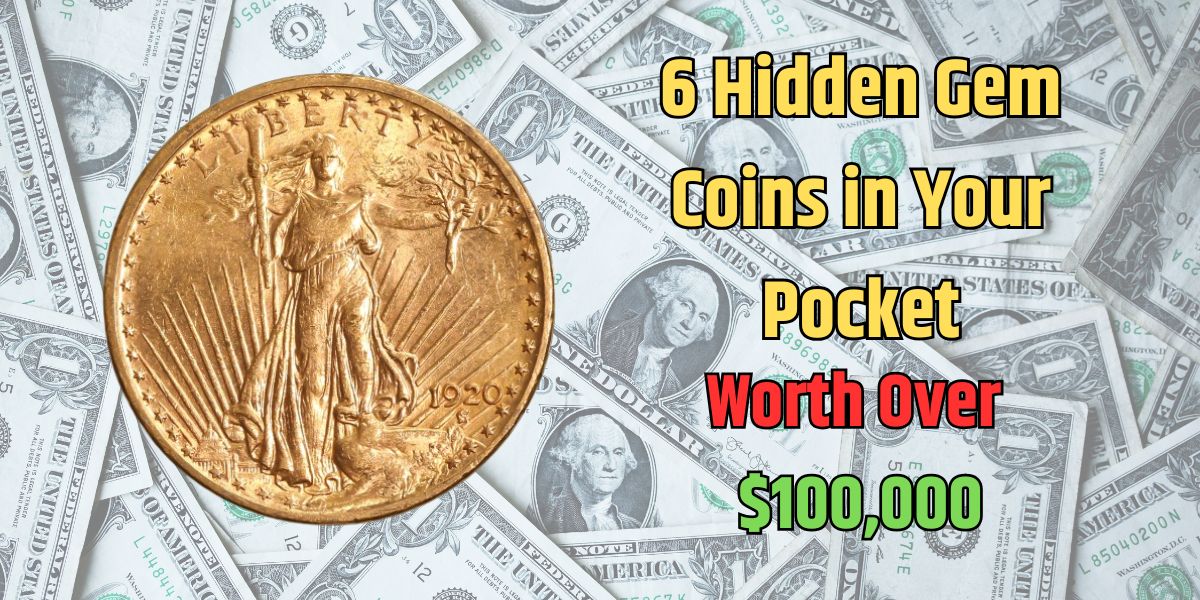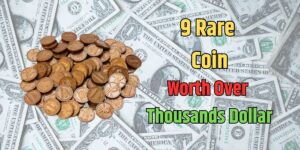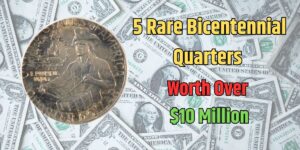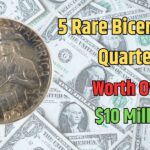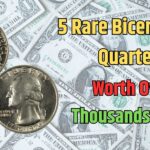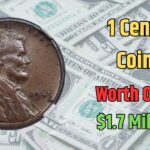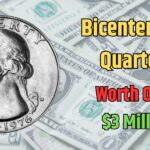Hidden within your pocket change or coin jar may be treasures worth life-changing sums. Rare coins with minting errors, limited production, or unique characteristics command premium prices in collector markets. From pennies to quarters, here are six coins that have fetched remarkable valuations and how to identify them.
1. 1943 Copper Penny
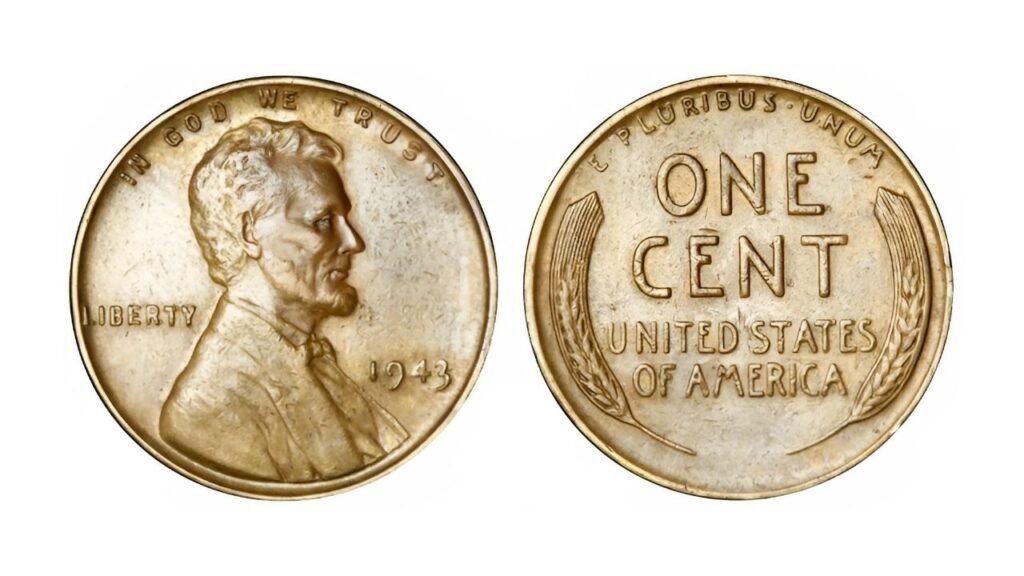
During World War II, the U.S. Mint replaced copper with steel for pennies to conserve resources for the war effort. However, a small number of copper pennies were minted by mistake, making them extraordinarily rare.
- Why it’s valuable: Accidental production and historical significance.
- Value: $100,000 to over $1.7 million (a record sale in 2010).
- Tip: Have the coin authenticated by a professional numismatist before selling.
2. 1909-S V.D.B. Lincoln Cent
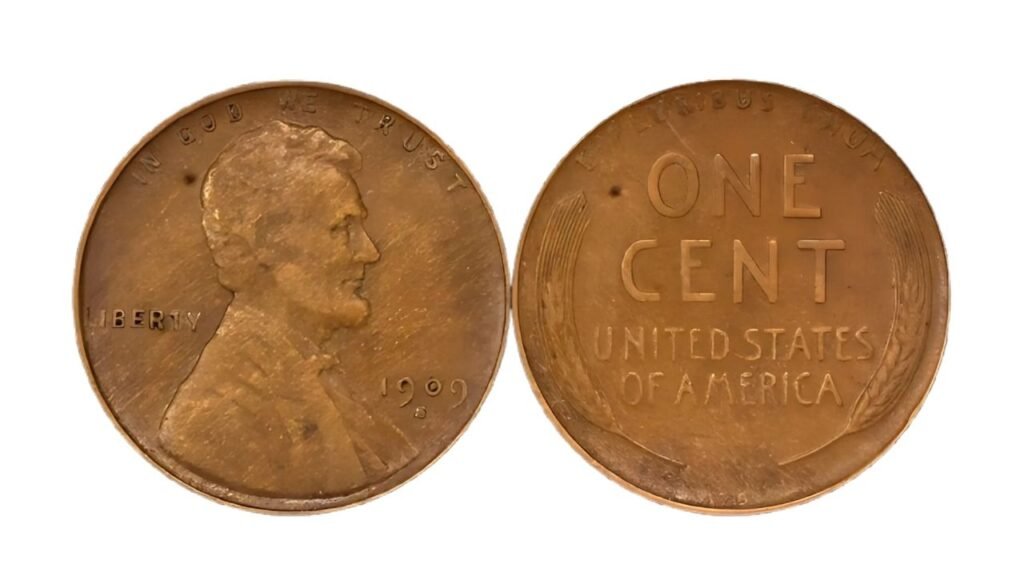
This first-year Lincoln cent, designed by Victor David Brenner, features his initials (“V.D.B.”) on the reverse. Production was limited due to controversy over the prominent placement of the initials, making these coins highly desirable.
- Why it’s valuable: Low mintage and historical significance.
- Value: $100,000 to over $1 million, depending on condition.
3. 1913 Liberty Head Nickel
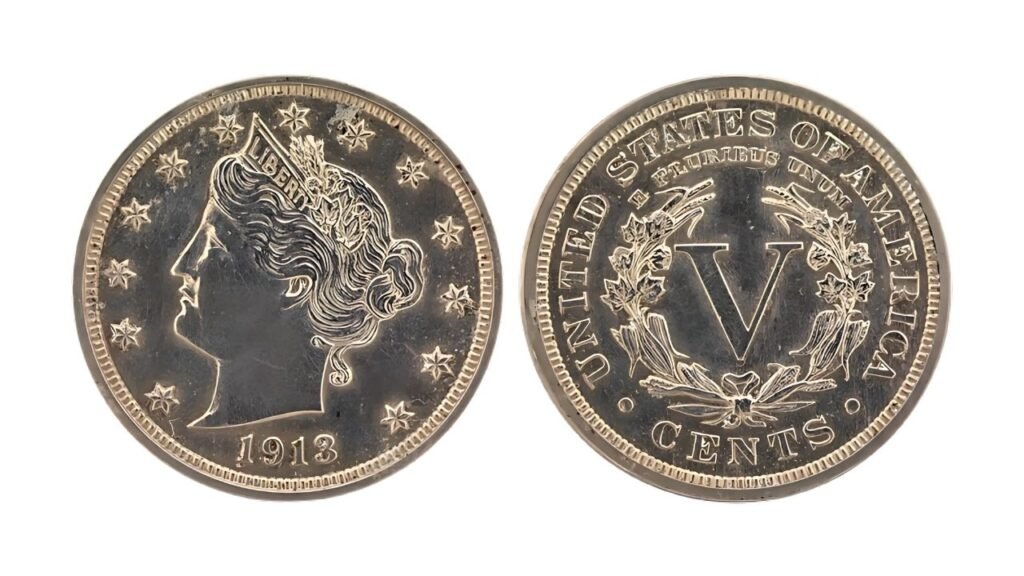
The 1913 Liberty Head nickel is one of the rarest and most mysterious coins in American history. Though the design was retired in 1912, five coins were secretly minted in 1913.
- Why it’s valuable: Only five are known to exist, elevating their legendary status.
- Value: $100,000 to over $4.5 million (one sold in 2018).
4. 2004 Wisconsin Quarter with Extra Leaf
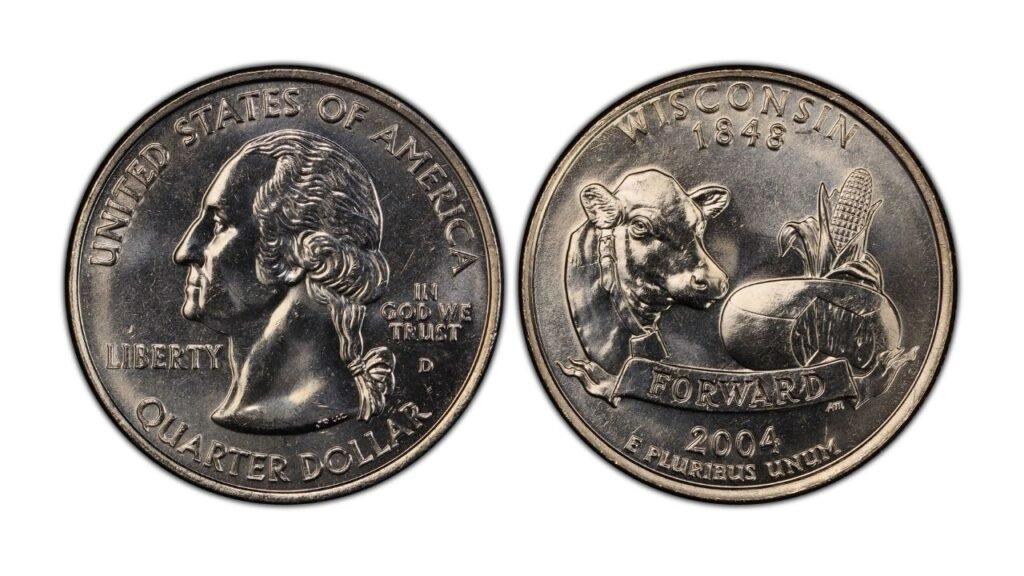
Two minting errors in 2004 resulted in some Wisconsin state quarters featuring an extra leaf on the corn stalk on the reverse side.
- Why it’s valuable: Minting errors of this nature are rare and exciting for collectors.
- Value: $100,000 to $500,000, depending on condition.
- Tip: Inspect any 2004 Wisconsin quarters you have for the extra leaf.
5. 1927-S Saint Gaudens Double Eagle
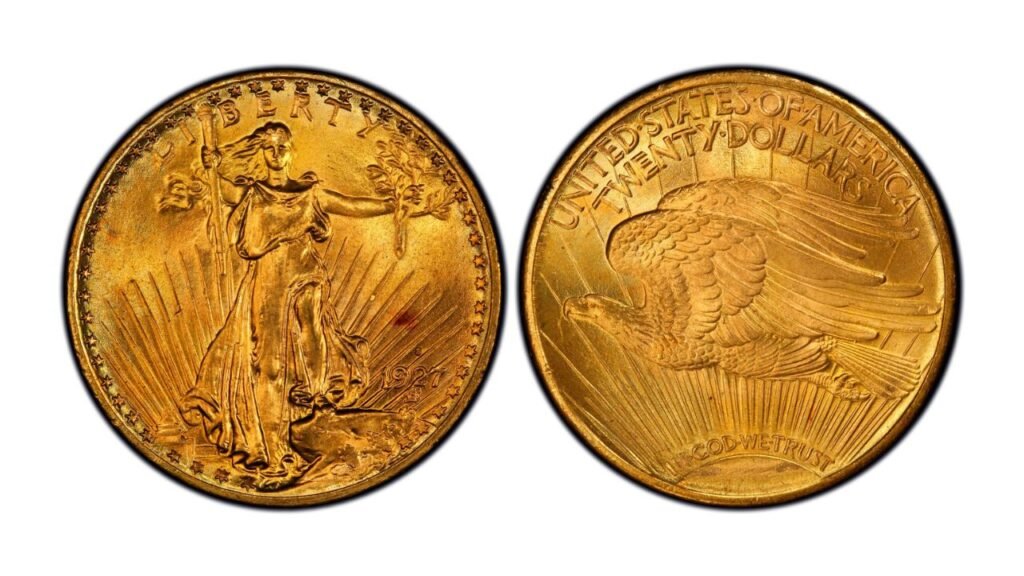
This gold coin, designed by Augustus Saint-Gaudens, features Lady Liberty on the obverse and a soaring eagle on the reverse. The 1927-S is the rarest date in the Saint Gaudens series, particularly in higher grades.
- Why it’s valuable: Exceptional rarity and high-grade examples.
- Value: $100,000 to over $1 million for top-condition coins.
- Tip: These coins are highly sought after by elite collectors and investors.
6. 1955 Doubled Die Obverse Lincoln Cent
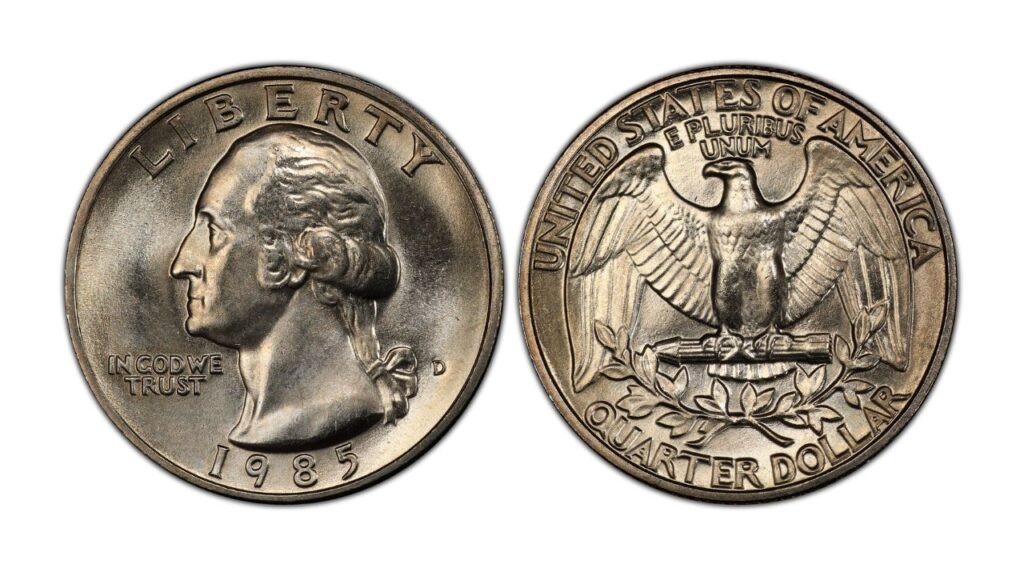
One of the most famous error coins, this penny exhibits a striking doubling effect on the obverse, especially noticeable in the word LIBERTY and the date.
- Why it’s valuable: The dramatic doubling and rarity make it a collector favorite.
- Value: $100,000 to $500,000, depending on condition.
- Tip: High-quality examples command premium prices at auctions.
What Makes Coins Valuable?
Rare coins derive their value from factors like minting errors, low production numbers, unique designs, and historical significance. Here’s what to look for in your collection:
- Minting Errors: Coins with doubling, off-center strikes, or incorrect planchets.
- Rarity: Limited mintage or unique variations, such as the 1913 Liberty Head nickel.
- Condition: Coins in uncirculated or mint condition fetch higher prices.
- Material: Unexpected compositions, like the 1943 copper penny.
- Historical Context: Coins tied to significant events or transitions.
FAQs
Why is the 1943 Copper Penny so rare?
Only a few were accidentally minted during World War II, making them exceptionally rare.
How much is a 1909-S V.D.B. Lincoln cent worth?
Depending on its condition, this penny can be worth anywhere from $100,000 to over $1 million.
Why is the 1913 Liberty Head nickel so famous?
Only five coins exist, making them legendary among collectors.
How can I identify a 2004 Wisconsin quarter error?
Look for an extra leaf on the corn stalk on the reverse side.
What’s special about the 1955 Doubled Die Lincoln cent?
Its dramatic doubling effect on the obverse, especially on “LIBERTY” and the date, makes it highly sought after.
